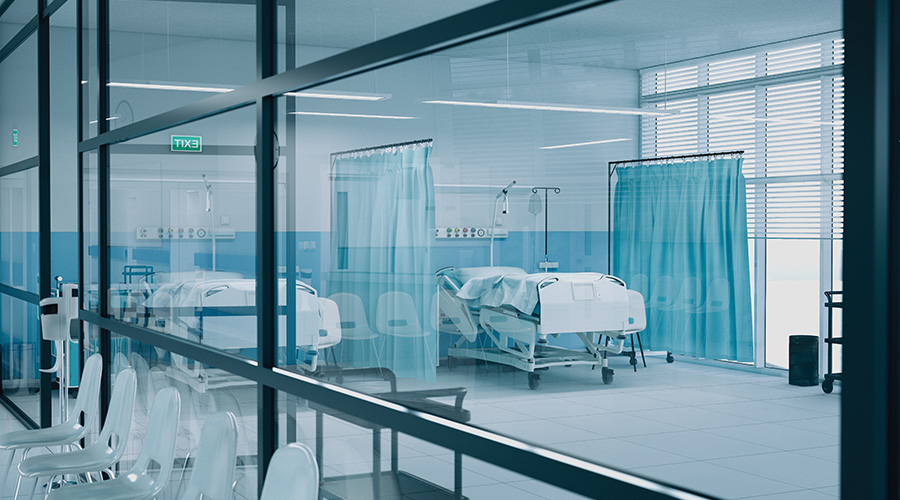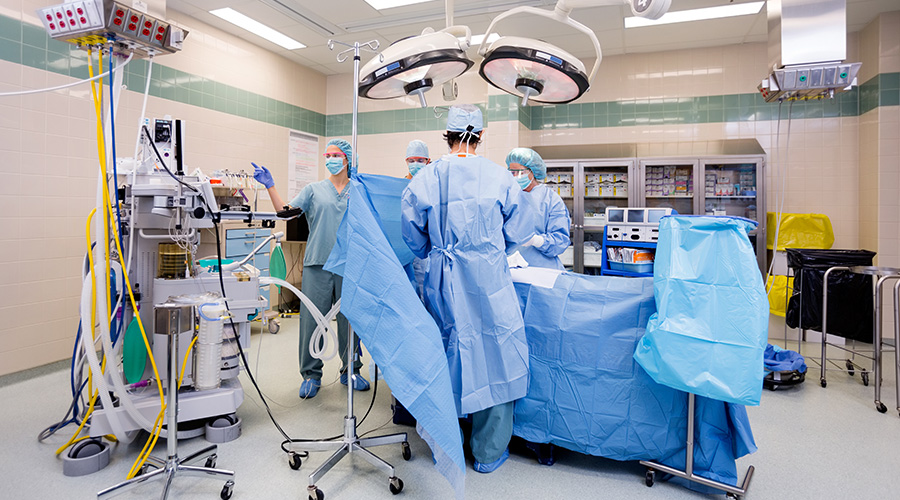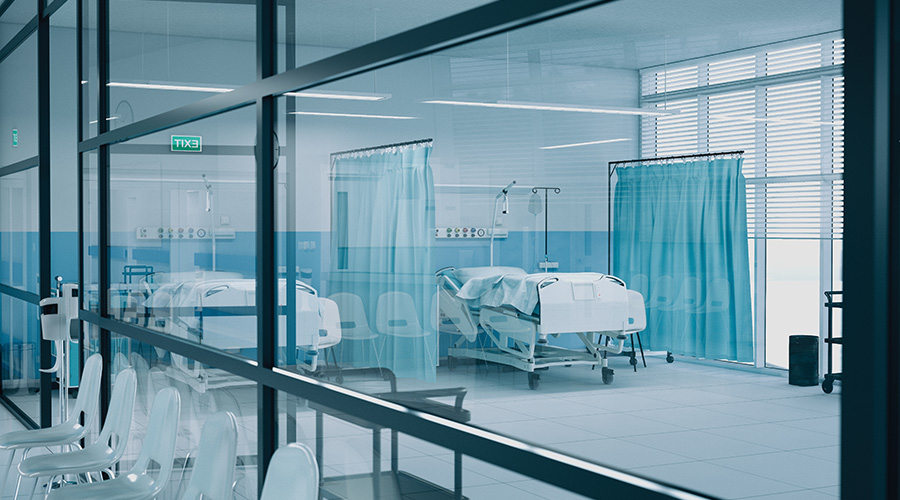- · A large percentage of coronavirus patients experienced diarrhea, nausea, vomiting, and abdominal discomfort before the onset of respiratory symptoms.
- · The genetic material associated with the coronavirus, RNA, was detectable in fecal samples.
- · Fecal-oral transmission can last even after a patent has recovered from the virus.
March 23, 2020
Topic Area: Press Release
Recent Posts
 Building Hospital Resilience in an Era of Extreme Weather
Building Hospital Resilience in an Era of Extreme Weather
Expert Jennifer Mahan discusses the vulnerabilities healthcare facilities face during disasters and the infrastructure strategies that keep operations running.
 USDA Invests $73.8M to Aid in Livingston Hospital Expansion
USDA Invests $73.8M to Aid in Livingston Hospital Expansion
Livingston Hospital will use the loan to modernize and construct a 56,000-square-foot addition to the hospital.
 Why A Skilled Cleaning Staff Matters in Operating Rooms
Why A Skilled Cleaning Staff Matters in Operating Rooms
Operating rooms are high-risk zones for infection due to invasive procedures and vulnerable patients, so competence in cleaning is critical.
 General Leonard Wood Community Hospital Opening Date Set
General Leonard Wood Community Hospital Opening Date Set
The medical facility is designed to provide care to service members, retirees and their families.
 Ennoble Care Falls Victim to Data Breach
Ennoble Care Falls Victim to Data Breach